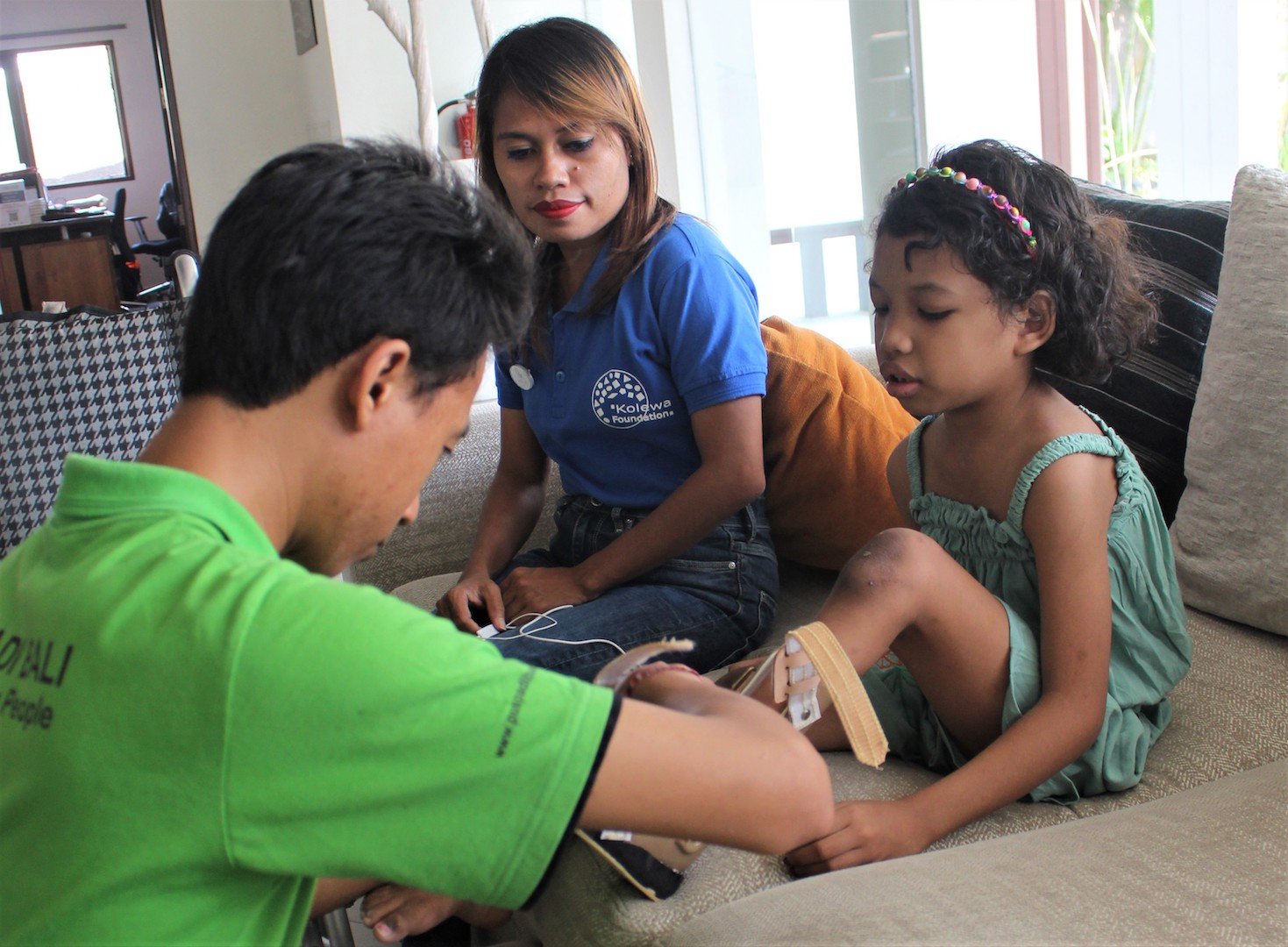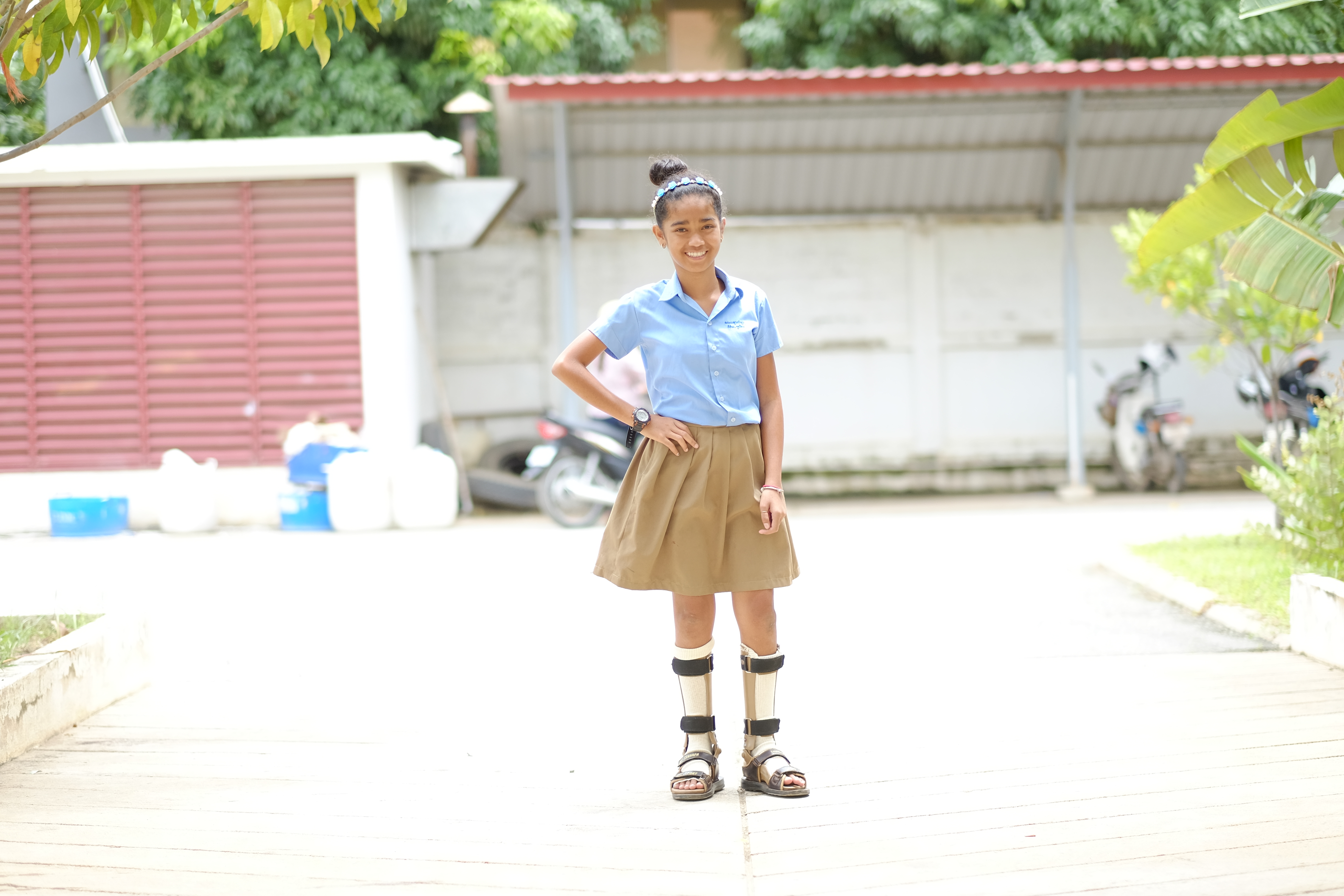November 2, 2020
Polyproplyene from A-Z
Author: ALTSO Staff
Our mission is to provide our CoolKids around the world with three essential needs - prosthetic limbs, orthotic braces, and appropriately fitted wheelchairs. In effort to satisfy those needs, we provide our programs with orthopedic-grade polypropylene sheets for fabricating both prosthetic limb sockets, and orthotic braces.
Polyproplyene is considered one of the most adaptable plastics.
You encounter polypropylene in your daily life - from everything to your furniture, your kitchen appliances to even the car you drive.
A polymer discovered by chemists in the 1950s, polypropylene's unique chemical composition attributes to its high-durability and flexibility. Orthopedic grade polypropylene - the sheets we provide our programs with - have an additive which make them even tougher and more flexible, perfect for creating mobility devices.
Our programs benefit from polypropylene due its long shelf-life, affordability, recyclability, and compatibility with the many different climates and technologies most used to fabricate prosthetic sockets and orthotic braces in low to middle income countries.

Many of our CoolKids are in need of long-term orthotic braces that, over time, properly align, correct, support, and stabilize parts of the body. Our programs make a many different types of orthotic braces but the majority of braces fabricated for patients in the developing world fall within two main types; Ankle Foot Orthoses (AFOs) and Knee Ankle Foot Orthoses (KAFOs). AFOs support and control the position and motion of the ankle whereas KFAOs, as you may have guessed, are used to control the position and motion of the knee, ankle, and foot.
Behind the scenes - a sheet of polypropylene is heated and draped around the negative mold of a patient's residual limb - making a custom fit prosthetic socket.
For just a $100 you can help provide our CoolKids with an orthotic brace, and change their life forever.



